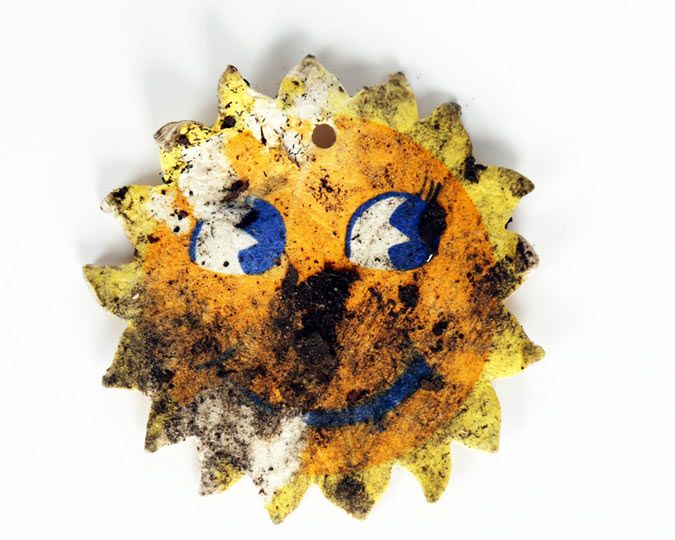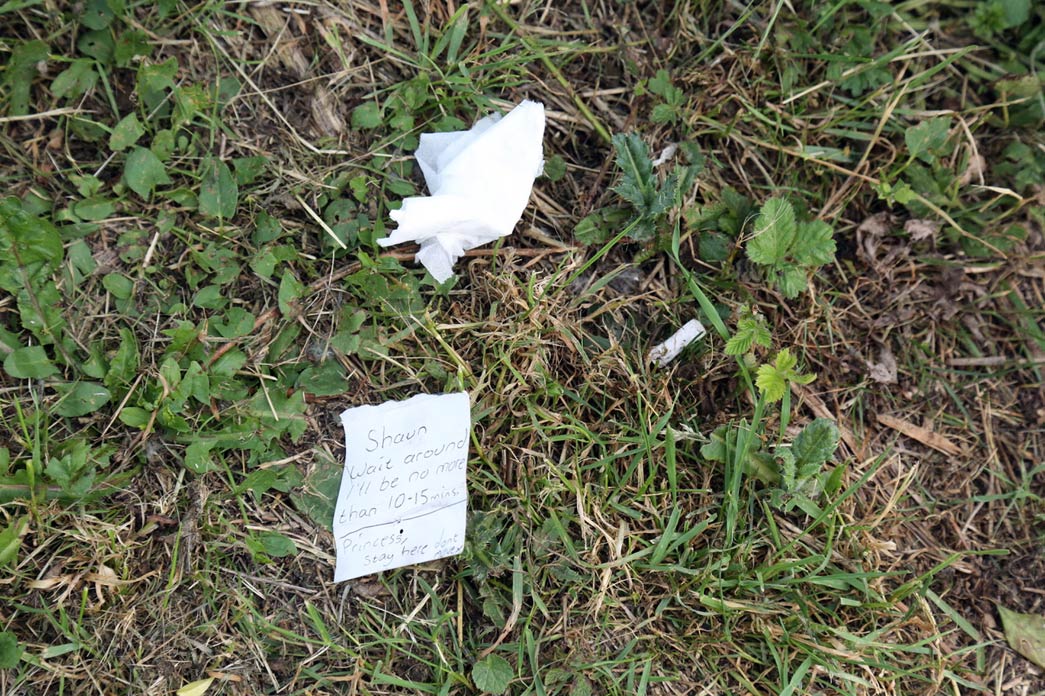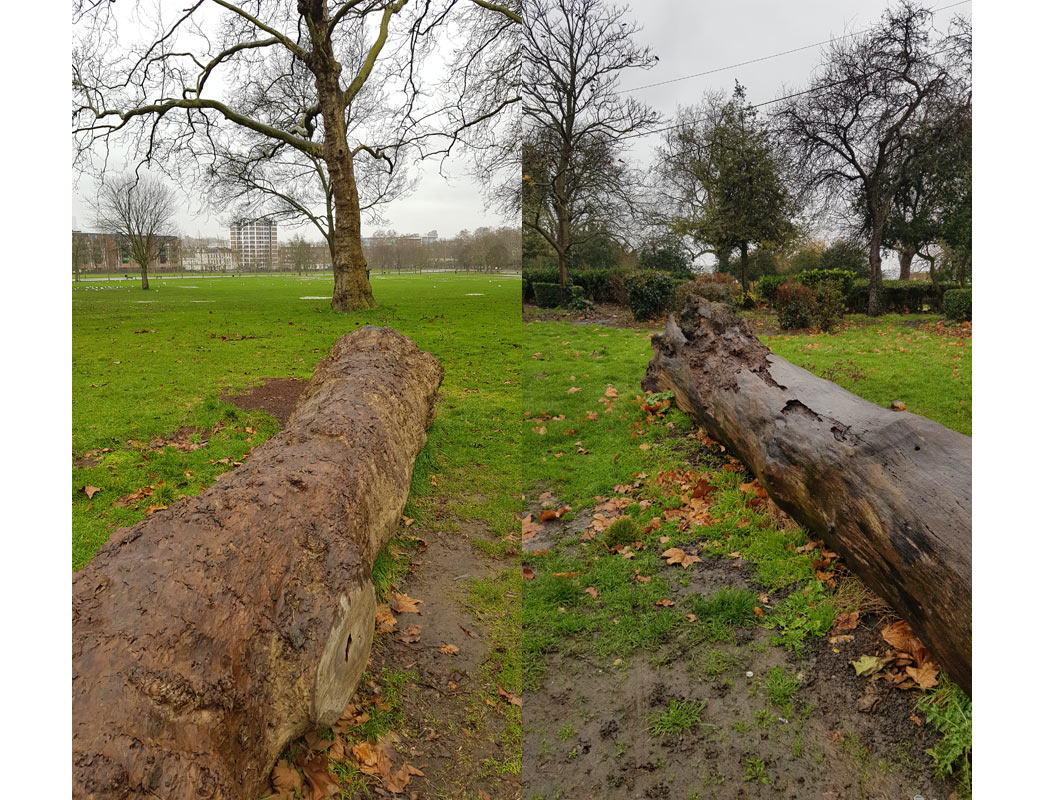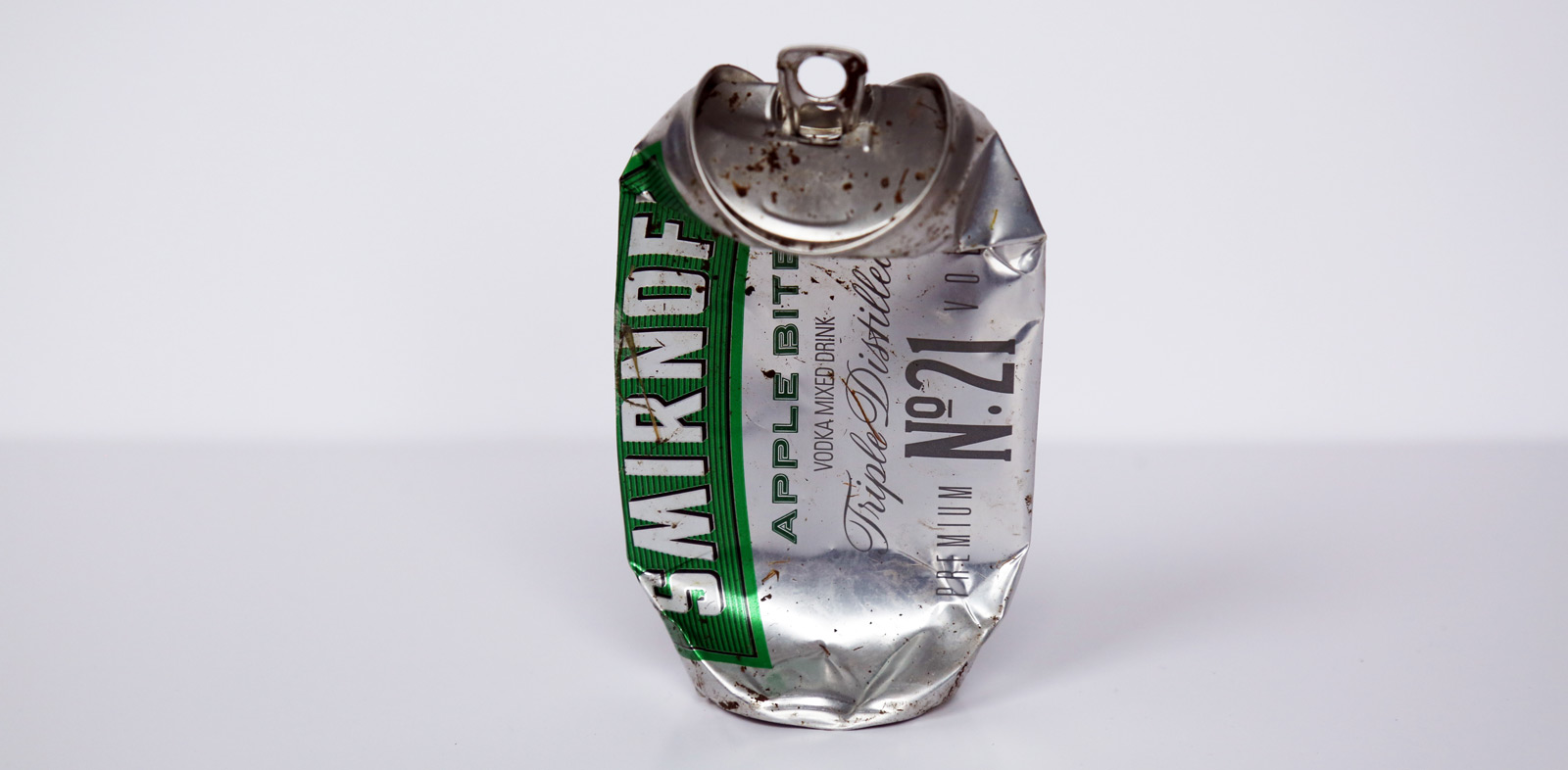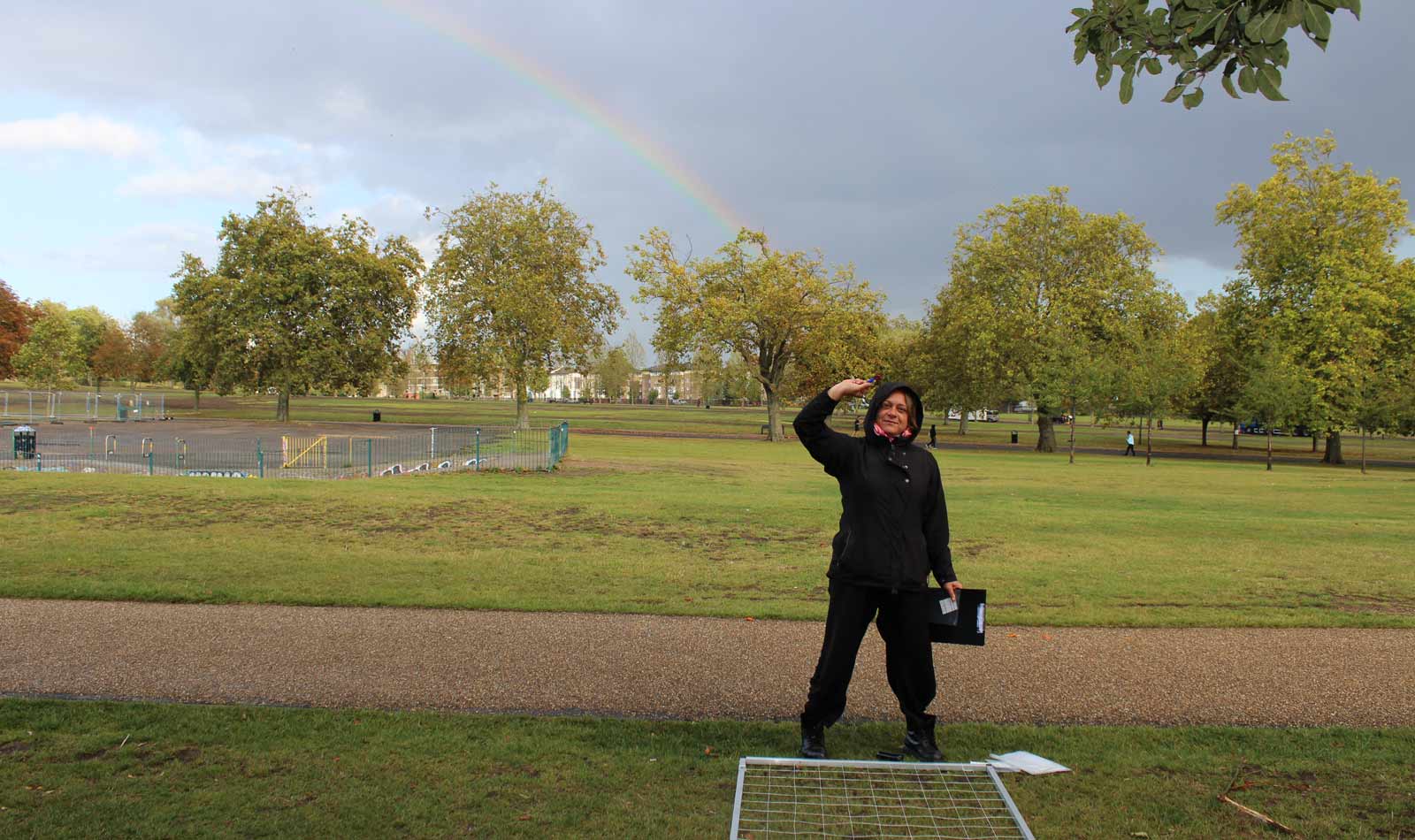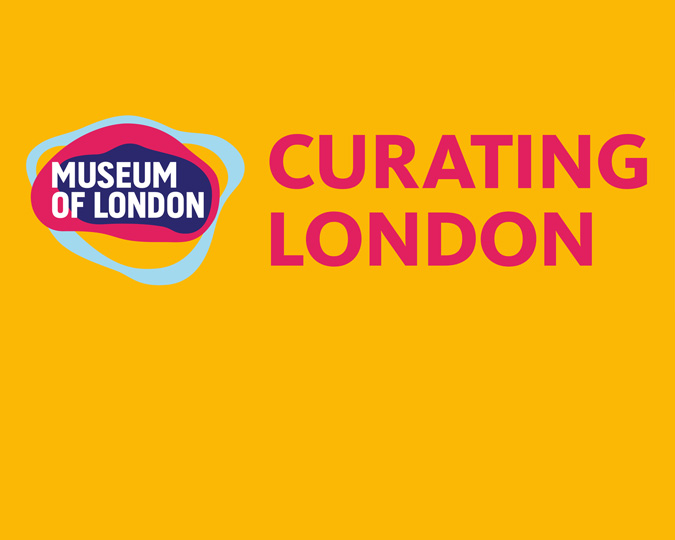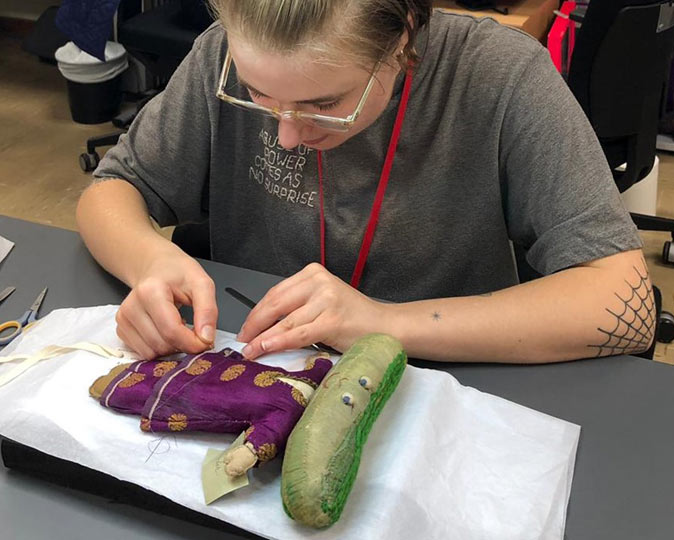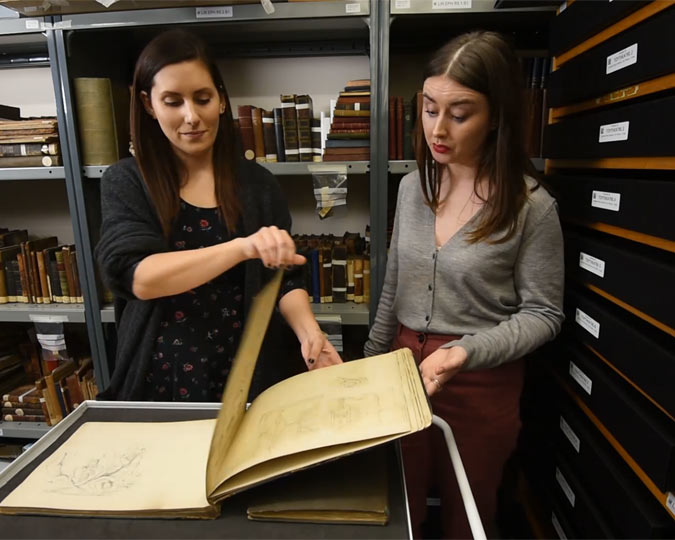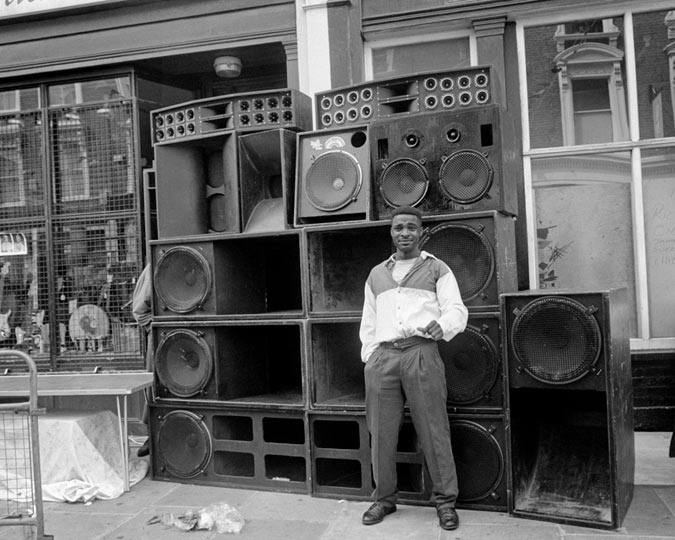Archaeologists from the Museum of London have been in Finsbury Park over the six months, collecting objects left behind by the park’s many visitor. From this rubbish, we want to build up a picture of how different people use the park, and what they do there. It’s part of our Curating London project, chronicling life in the city today. Archaeologist Kathryn Davis explains what you learn about Londoners by looking at their rubbish.
In my job as an archaeologist, I spend a lot of time studying other people’s rubbish. We learn about the past by digging up the things that past generations left behind- and the most common source of those things is rubbish. From broken pots and old beef bones, we can learn what someone had for their dinner. From odd buttons, buckles and cloth scrapes we work out what someone was wearing. Then we go even further, and wonder why they chose to eat that meal or wear that outfit. Did they have a choice? What was for sale, and where did they buy it? What did their friends and family eat and wear? Were they chasing a new trend, or keeping to long traditions?
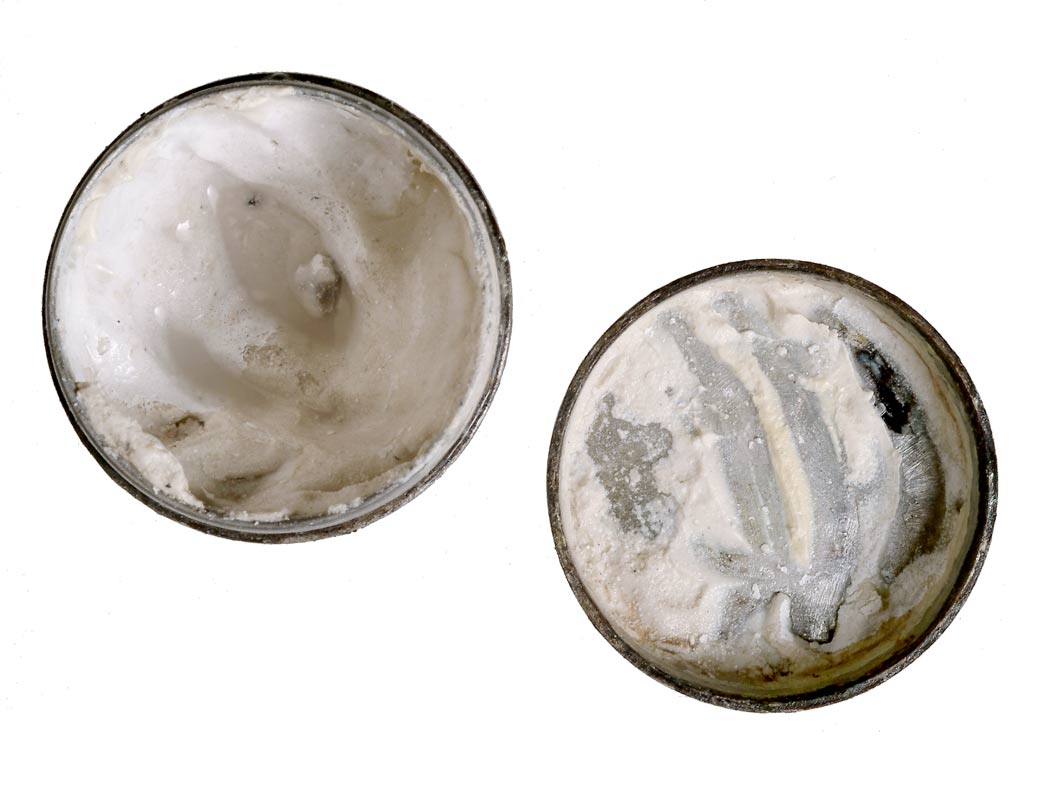
Canister of Roman face cream, c. 150
After excavation, conservators found that it still contained a soft cream which has been chemically analysed as a cosmetic or face cream.
We build up a picture of the past, with blurred areas and gaps from these broken, old pieces of rubbish- a picture that can amaze and delight us, both archaeologists and museum visitors alike. We look in wonder at a medieval toy knight, a discarded pot of Roman face cream, a prehistoric snapped knife. They create a connection across time, a link between us and the people who used and discarded these objects. Those people become much more real, more knowable, to us.
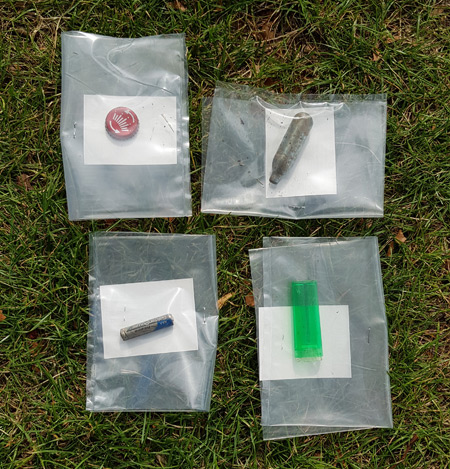
A selection of objects picked up from Finsbury Park by the Curating London
We decided to look at rubbish that is being created today, using the same archaeological techniques as we would with thousand-year-old debris. What can we tell about a whole London park’s worth of users from the forgotten bits of rubbish they have left behind? At part of our Curating London programme, since last summer we have been recording and at times collecting bits of rubbish from Finsbury Park in North London, and trying to work out what they tell us about the life and people of the park right now.
We’ve found cigarettes butts, plastic bags and sweet wrappers. We’ve found tea bags, orange peel and ice cream sticks. We’ve found beer bottle tops and gas canisters. We’ve found balloons, confetti and streamers. In particular places, we’ve found condoms and discarded clothing. In others, needles and wet wipes. In summer we found the remains of barbeques. In early January we found the remnants of fireworks.
Archaeology is like doing a jigsaw puzzle with 99% of the pieces missing and without the picture on the lid. We need to understand not just what we have found, but how it fits together. This means we want to know where something is from, and what was with it. This is called archaeological context. In Finsbury Park, this means we have geotagged, photographed and made plans of where we have found each object. Then, instead of looking at the rubbish individually, we start to look at and compare groups.
For example, we investigated two fallen tree trunks in the park. One overlooks the large central playground and the other looks across an open field (hiding underneath is an amazing Victorian reservoir but that’s for another day). Although at first glance they seem similar, the rubbish we found at each location was very different. Near the playground we found rubbish we might generally connect to children- ice lolly sticks, wet wipes, orange peel, plastic straws. We also found a large number of cigarette butts. As we found the cigarettes, we noticed that they were all different brands and types. We also noticed that we found more pieces of rubbish on the eastern side of the trunk and at one end.
At the other fallen trunk, we found beer bottle tops, ring pulls, cigarette butts, empty weed baggies and lots of pieces of rizla cigarette paper packets. The cigarettes were almost all Marlboros, and the beer brands were Red Stripe, Dragon Stout and Guinness. We also found almost a packet’s worth of cigarettes where the tobacco had been emptied out rather than smoked.
So what do we think this tells us? From our playground site, the finds and their position suggest parents and carers perching on the log to watch their children play. Whilst there, they are having a cigarette or perhaps two at most (which would explain the number of different brands) as the log is far enough from the play equipment that it is a more socially acceptable place to smoke than in the playground space itself. Children are then coming to their parents/carers for snacks and drinks, which accounts for the spread of snack-time debris. All of this is taking place on the side facing the playground. It would appear from the left objects that no one really uses the log if they are not also part of a social group enjoying the playground.
Whereas the other side shows a group that is almost exclusively adults, and who regularly use the log as a point to socialise, drink and smoke (both tobacco and cannabis). They have their favourite brands (as opposed to varying their choice based on price and offers like other areas of the park). This is their space, where they are unrestricted and largely unobserved in a huge city where we constantly bump up against one another.
This story of personal, free space is one that has come up time and time again for us in the park. Finsbury Park is used by thousands of people every week as a space to be themselves, to do what they want to do. To enjoy the company just of their group, family and friends; to do the activities they enjoy and find relaxing.
Follow the Curating London project on Instagram, Twitter and Facebook to hear the latest news about how we're chronicling the contemporary city.








